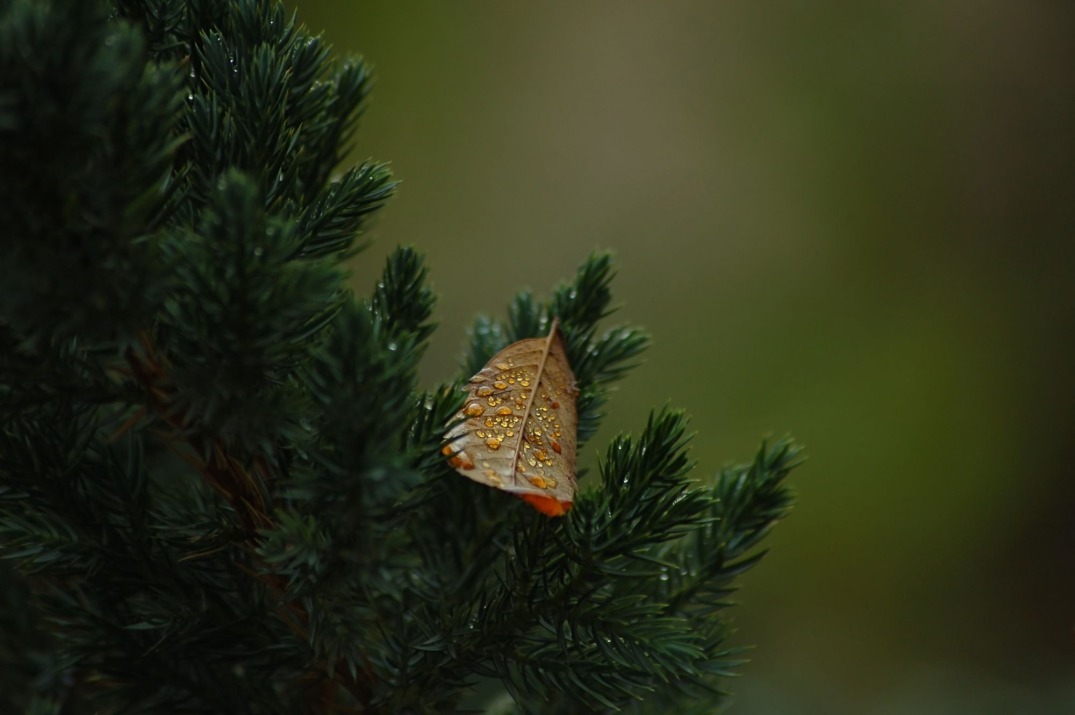There are several types of fungal needle casts in zone 3. The two most common are Rhizopharea, which targets Colorado spruce, and Isthmiella which targets white spruce.
There are several types of fungal needle casts in zone 3. The two most common are Rhizopharea, which targets Colorado spruce, and Isthmiella which targets white spruce.
Rhizophaera
Rhizophaera usually infects needles during a wetter and cooler than average spring, which are ideal conditions for fungal activity. Usually one year later, but occasionally sooner, infected needles turn yellow, then brown and purplish brown by late August. Small dark fruiting bodies, pycnidia, about 0.1mm in diameter emerge from the stomata. Infected needles usually fall off in late summer of the second year, 12-15 months after infection. Lower branches are affected first, then the disease can move up the tree. Well-watered healthy trees are rarely killed outright. This is very different from fall needle drop of conifers, which is a natural annual process, and never shows sign of fungal fruiting bodies, many tiny black dots along the needle.
Isthmiella
Isthmiella is similar to Rhizophaera in its appearance and life cycle. Wind-spread spores infect new needles in the spring; next year the needles turn yellow to brown. Black fruiting bodies, hysterothecia, appear on discolored needles, Later these needles drop. Reinfection can occur, but as with Rhizophaera, Isthmiella rarely kills a tree. Healthy well-watered trees are rarely affected. Again, this is not fall needle drop of conifers, which never shows the presence of fruiting bodies.









